The Literal Cost of War: The Outpost
Even though a lot has been said about the obvious aspects of war on screen, there are still more nuanced comments to be made through cinema. This is especially true in regards to American conflicts in the Middle East, as depicted on screen. We’ve already seen war be used as the setting for experimental-filmmaking, such as in 1917 (2019) or more effectively in Dunkirk (2017), but Combat Outpost Keating in Afghanistan circa 2009 gets this treatment in last year’s The Outpost. Based upon the novel documenting the experience of Jake Tapper covering the conflict, the movie takes a smart and scrappy approach to its filmmaking that mirrors the nature of the real-life event.
In 2006, the Provincial Reconstruction Team Kamdesh was deployed into Afghanistan in order to re-establish civility in the region of Kamdesh. The outpost in which this unit was stationed was later renamed to Combat Outpost Keating, and this movie is about the final days of these soldiers’ deployments. The biggest challenge presented before the team was the placement of the outpost at the bottom of a valley, essentially allowing the enemy to have the perpetual high ground. Needless to say, this strategic disadvantage made the outpost the target of frequent mortar and small arms attack by the Taliban presence in Kamdesh.
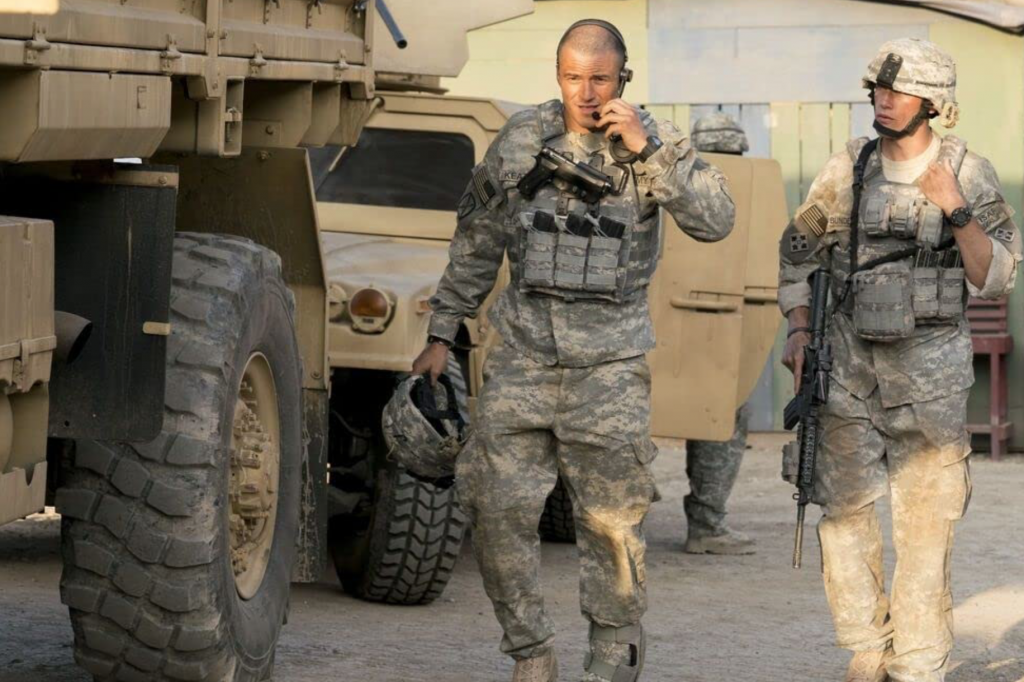
The other handicapping factor for the unit was the shifting leadership. A tragic accident leads to the death of Captain Keating (Orlando Bloom), the original CO for the outpost. This loss leaves a vacuum in both morale of the company, and the trust of the villagers. Succeeding leaders don’t quite understand how to balance dominance with compassion, and this uneasy power dynamic empowers the enemy to initiate a large-scale attack on COP Keating. Half of the film is spent showing the day-to-day tasks and decision-making that leads to the attack, culminating in a 45-minute battle sequence that practically takes place in real-time.
By this point, we’ve come to form bonds with and opinions of the soldiers engaged in the battle. There’s a wide range of personalities and unlike most recent war films, they don’t come across as phony in their banter and humor (see Lone Survivor or Zero Dark Thirty for forced camaraderie). What’s most effective is that early on, we come to form ideas about how they may individually behave in the battle we know is headed our way later in the film. Some characters behave exactly as heroically as we expected such as Staff Sergeant Romesha (Scott Eastwood), and others pleasantly surprise us like Specialist Carter (Caleb Landry Jones, one of the finest young actors working today).

Whilst there’s no question who the heroes in real life are, director Rod Lurie and editor Michael J. Duthie are the heroes of the movie. The film is operating on a $5 million budget, (juxtaposed to the $70 million budget of Saving Private Ryan or +$100 million of Dunkirk) and similar to the real-life unit that did not have the sizable budget or resources of a larger base (big studio film), the filmmakers had to get creative during the battle sequence, just as the real life unit did. When there’s scores of combative firing upon the American soldiers, and you don’t have the budget to cast 400 extras to play Taliban soldiers, what does Lurie do? He films a few soldiers inside of a parked Humvee and has plenty of gunfire and bullet squib effects hit the doors and windows. Through strategic sound design and visual effects, he simulates scope and increases tension. Similarly, when you don’t have actual planes to film such as in Dunkirk, Lurie pans over a puddle in the ground where he digitally adds fighter jets in the water’s reflection.
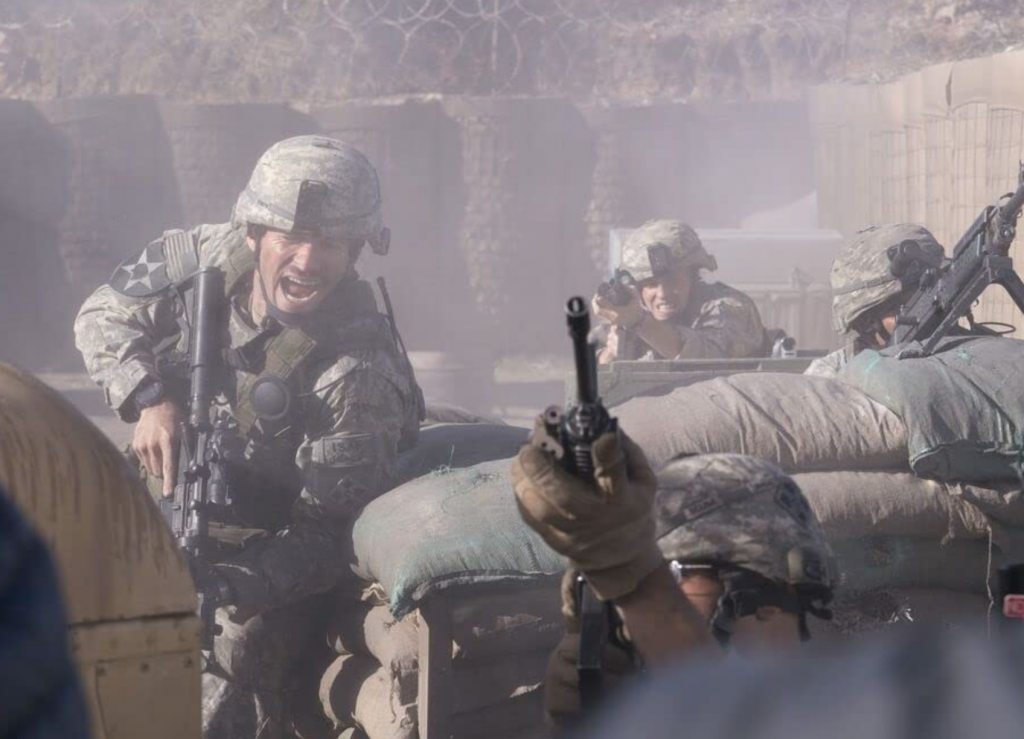
Long camera takes can be lead to both exhilarating and boring results, but here in The Outpost they do exactly what they should. They clearly convey the geography of the characters whilst also document their every thought and internal decision in camera. Cast an actor as skilled as Caleb Landry Jones weaving through the battlefield, and strategically picking his moments to move between cover points, and you only add to the thrill. Duthie’s editing punctuates all of this by knowing exactly when a camera shot goes too long, and always cuts to the next one before the audience discovers that boredom. Just like a real life task force, Lurie’s leadership creates synchronicity with his team in front of and behind the camera, and it’s what makes this film win.
Watching the battle unfold though, you can’t help but think of the sheer cost of wasted resources. The Battle of Kamdesh transpired not long after the Army decided to decommission COP Keating, concluding that the outpost was more trouble than it was worth. The immediate and obvious thought that enters your head following the film is that if the Army had made this decision any sooner, would the eight Americans who died in the battle have been spared? The location and budgetary constraints of the outpost doomed them from the start, and it makes you wonder how many other operations in the war were doomed to fail for the same reasons.
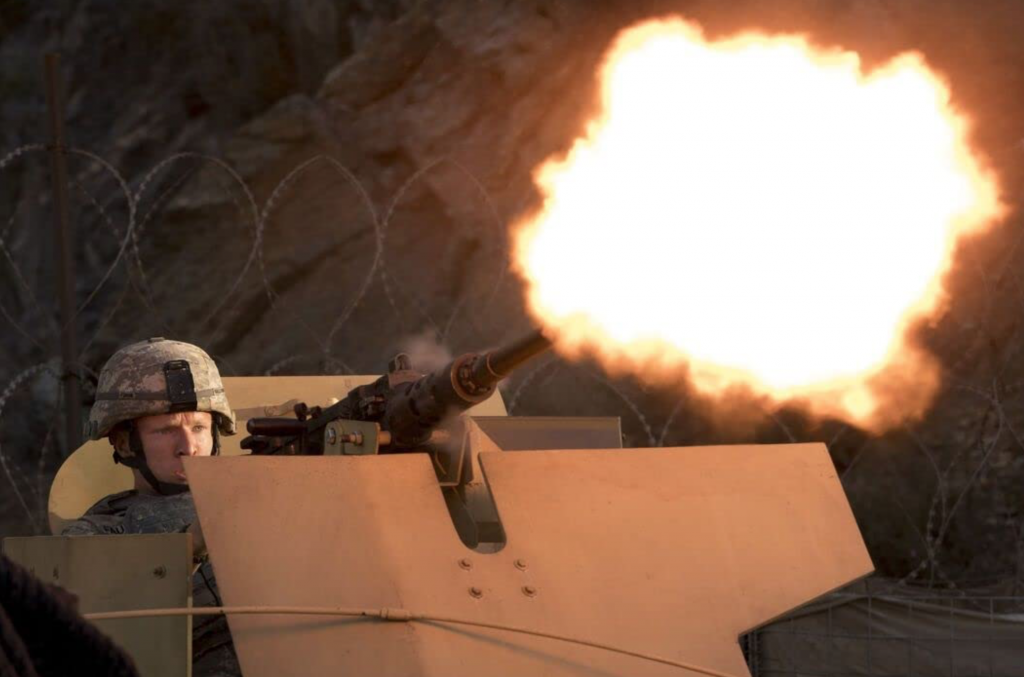
Creativity is usually brought out in extreme conditions and constraints, i.e. this film does not have the budget of a studio project and is thus forced to be creative in its mission to accurately portray the conflict. In the real world, these men were put in a position to find alternative means and tactics to fight for their lives. If someone had cut them a bigger check for equipment or resources, rather than use money as a peace offering with the locals (and by proxy funding the attackers), would they really have been better positioned to succeed? If you accept the premise of establishing a society that resembles America in the Middle East, you may answer “yes.” However, if you don’t believe that the region ever wanted a way of life that resembles our own, then no amount of money can fix that. An ideological divide cannot be solved with superficial means.
Just when we thought we had seen it all within the genre, The Outpost has shown us that bigger is not always better. The intimate nature of conflict can highlight the larger flaws in the big picture approaches that really perpetuate war. What we saw happen to the fighting force stationed at COP Keating was a symptom of a larger problem; a lack of thoughtfulness in the treatment of resources and more importantly, personnel. It’s in The Outpost that we see the honesty and effectiveness inherent in cinema’s ability to ask questions of the audience that we should be bringing to our leaders.

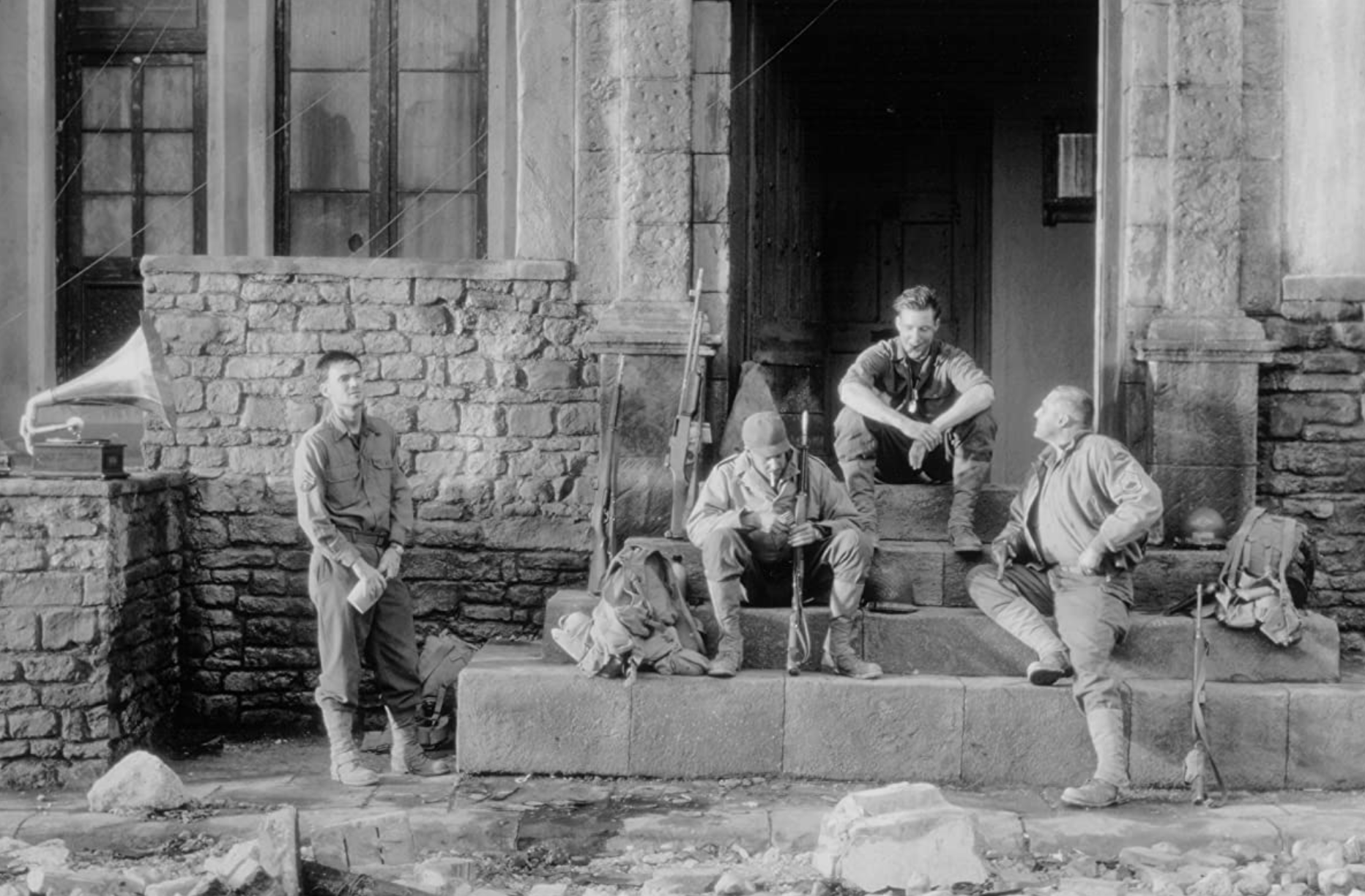
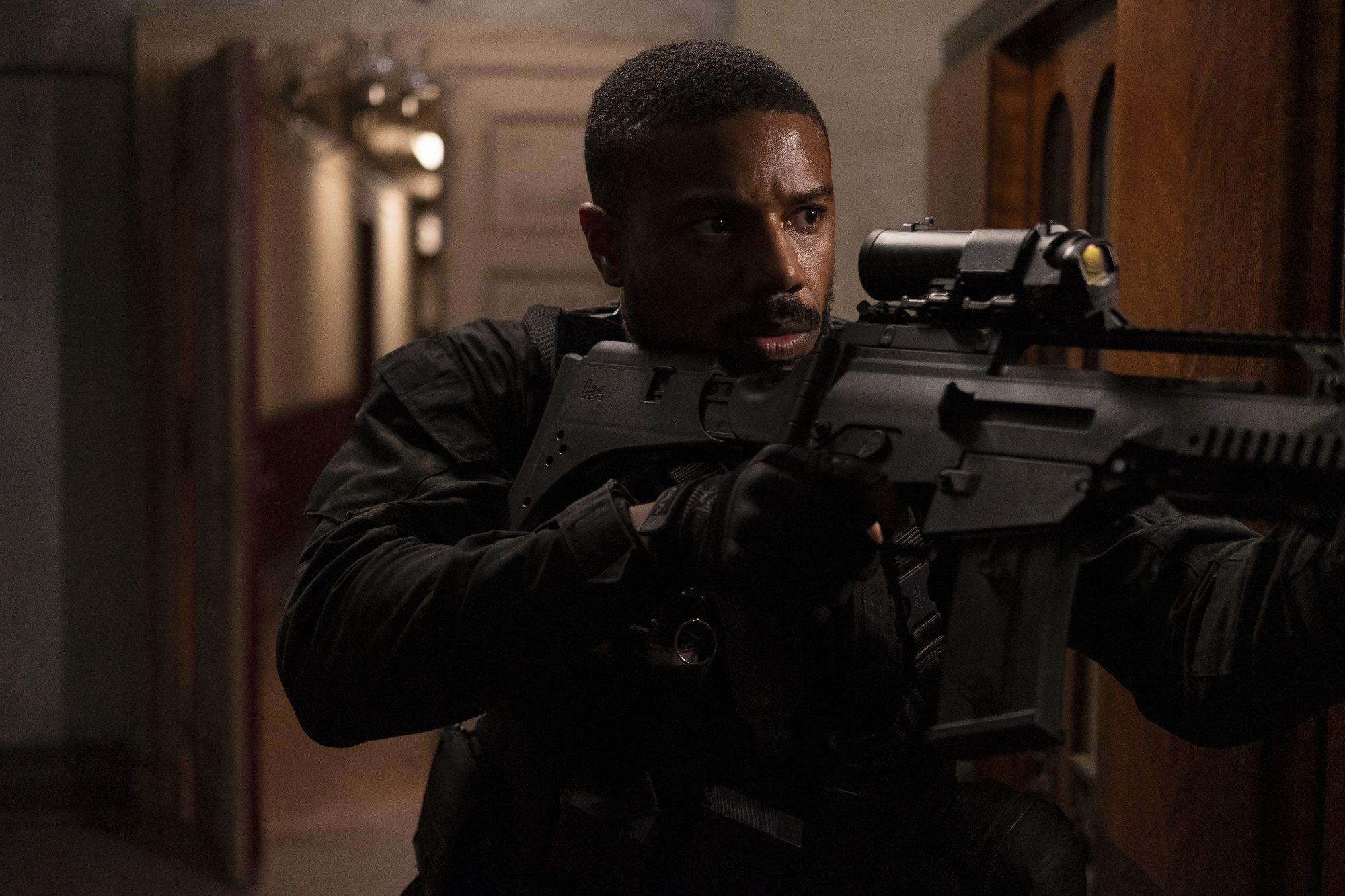
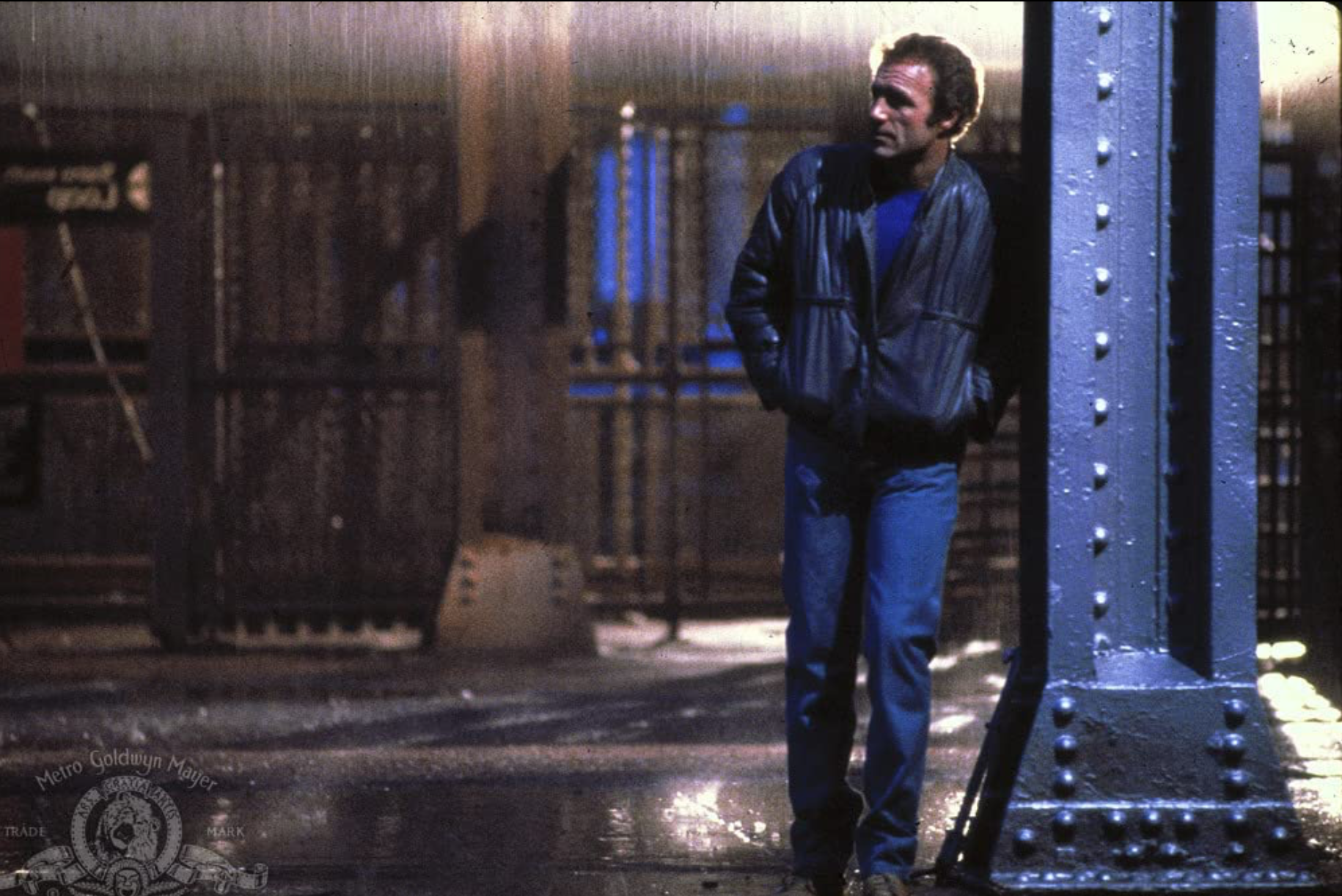
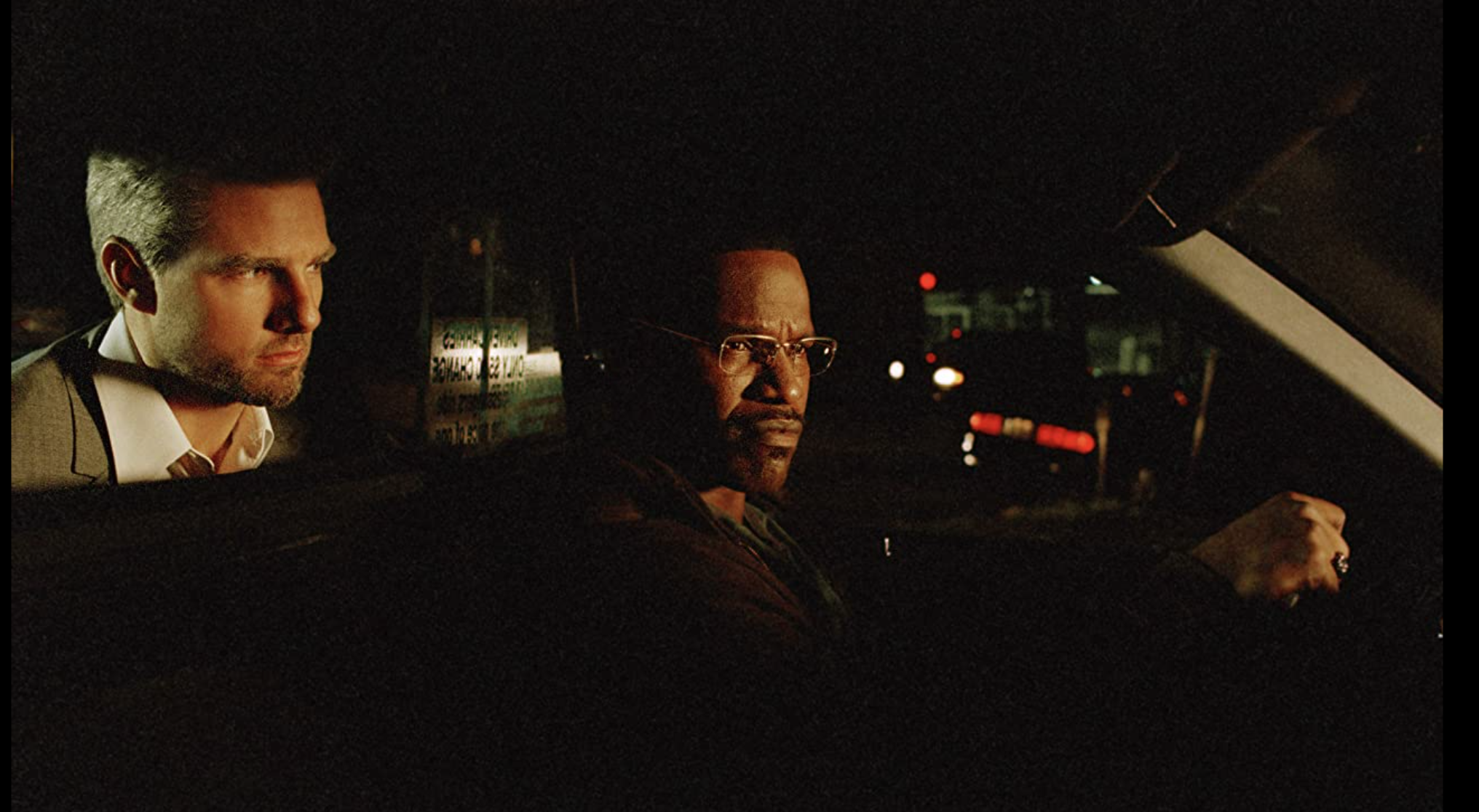

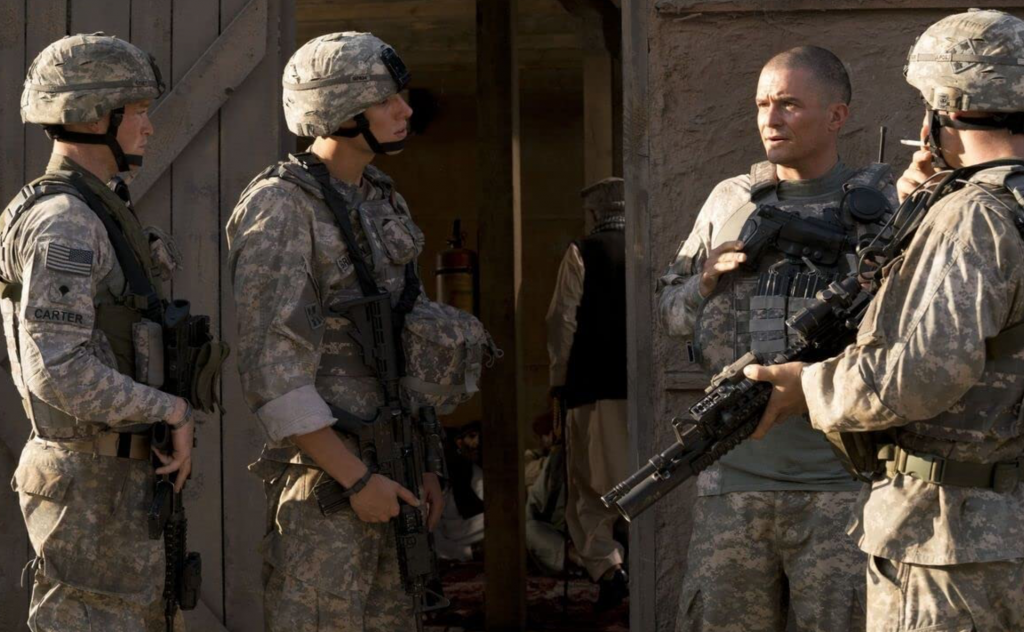
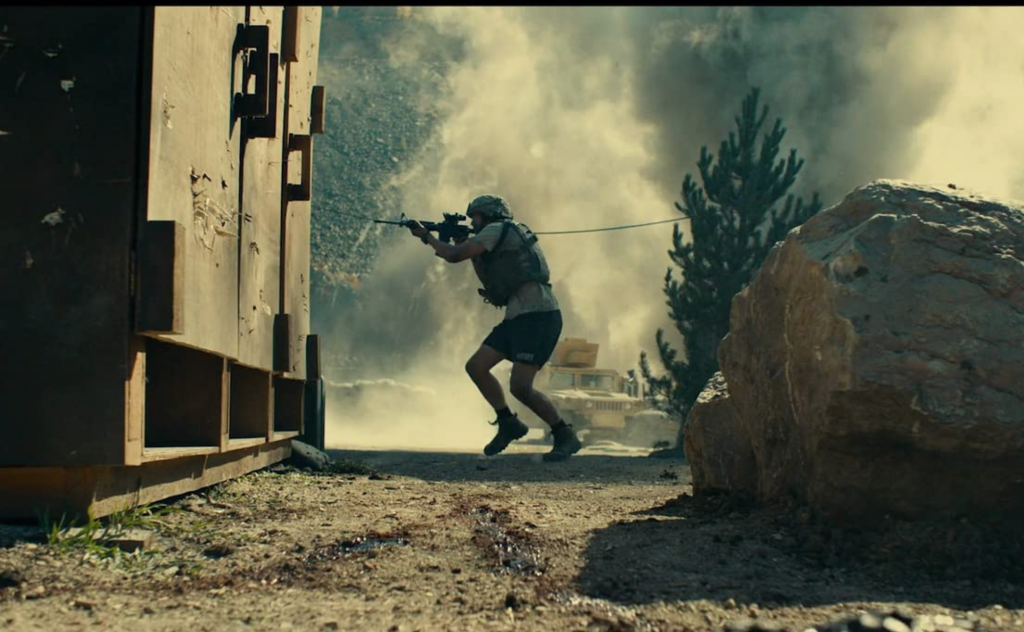
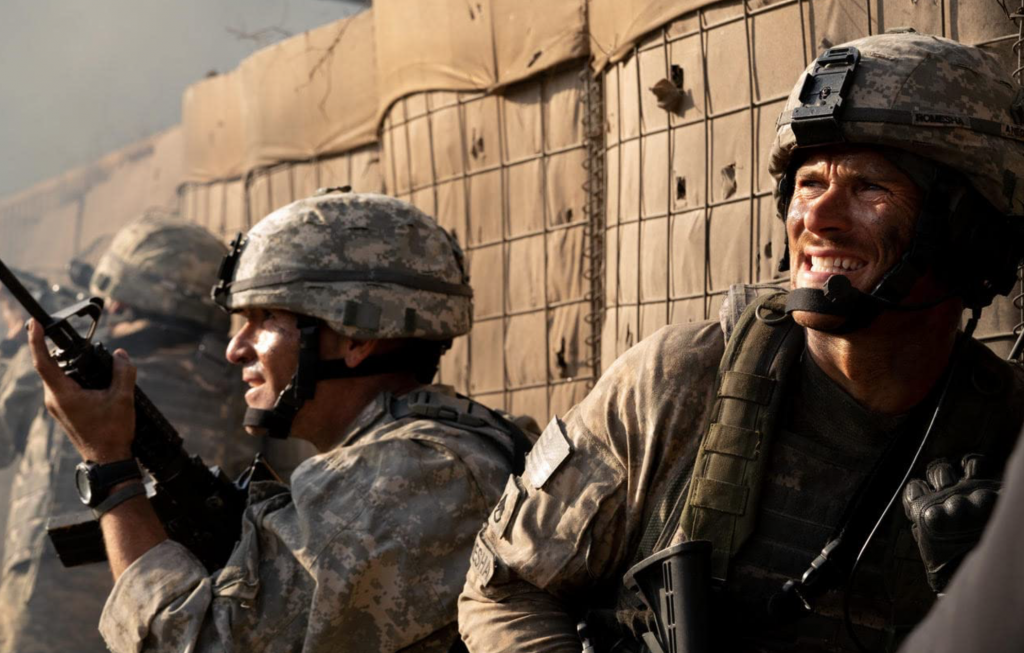
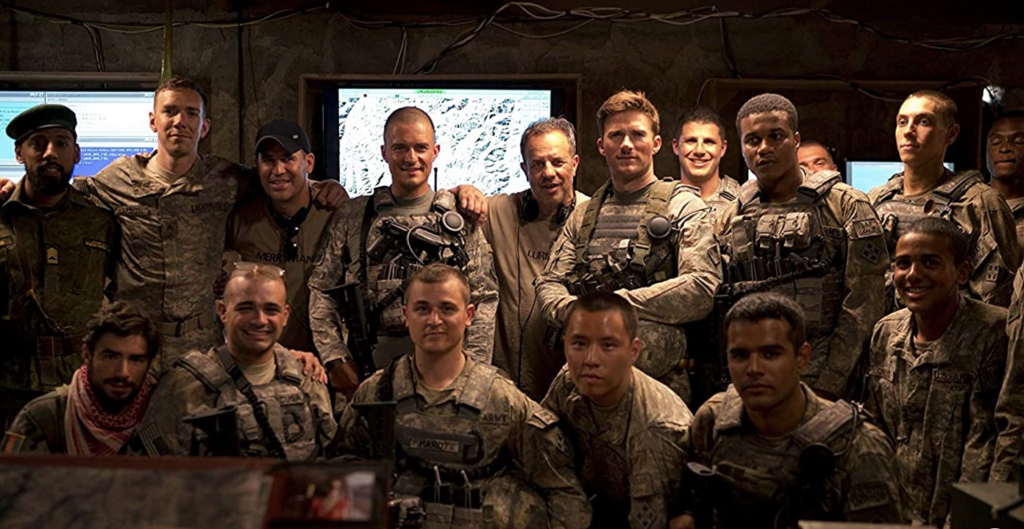

Comments